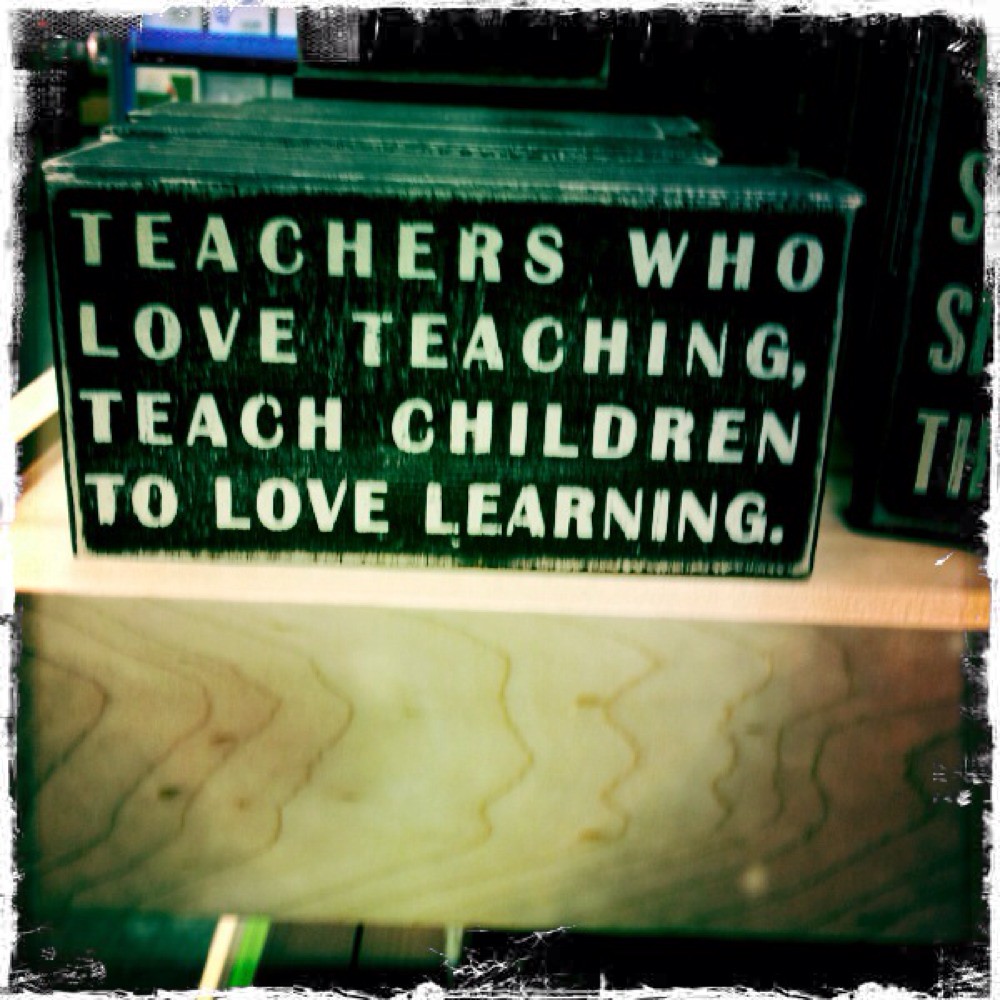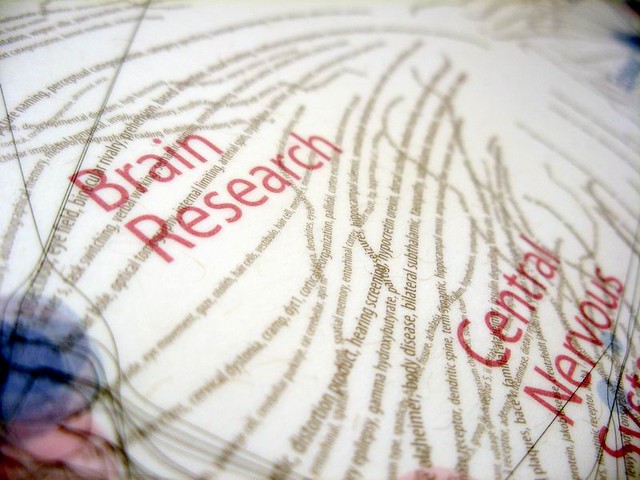Blogging Challenge Day 30 (Last Day!)
What would you do (as a teacher) if you weren't afraid?
What would you do (as a teacher) if you weren't afraid?
Jamie- If I weren't afraid, I would probably leave my job as a classroom teacher to start my own
educational consulting business. I'd also like to be a full time writer. What stops me? My students!
I love being in the classroom surround by the enthusiasm only kids can possess. I love to see the light bulbs go off when they truly understand a concept. I love nurturing them as readers and writers. I love to challenge them to do their best. I like helping them down the path of becoming an adult. It is a great privilege and honor to have the opportunity to touch the lives of our future. Teaching brings me the greatest joy, and I am afraid to walk away from it to follow my other dreams. Perhaps the right opportunity will present itself one day. Right now, being in the classroom is where I belong!
Meg- If I weren't afraid of meeting deadlines, the impending PARCC test, and the opinions of
parents, I would definitely spend all day every day examining all of the *cool* real-life math that is out there. Now this doesn't mean that I don't do real-life math. It just means that I definitely follow more of a guided path based on the CCSS and the collaborative plans the other math teachers and I create together. I also would never be afraid to try a new project with my students because I wouldn't be afraid of running out of time. Time always seems to be the biggest issue when a risk I take in the classroom goes sour. I have just "wasted" precious time that I cannot get back. I try to keep my adventurous, creative spirit in mind as I plan to allow for some of my risk-taking and plain old FUN real life math to wiggle its way into my classroom. I just had to make sure I am balancing it with all of the other standards I am actually "supposed" to be doing as well. :)
parents, I would definitely spend all day every day examining all of the *cool* real-life math that is out there. Now this doesn't mean that I don't do real-life math. It just means that I definitely follow more of a guided path based on the CCSS and the collaborative plans the other math teachers and I create together. I also would never be afraid to try a new project with my students because I wouldn't be afraid of running out of time. Time always seems to be the biggest issue when a risk I take in the classroom goes sour. I have just "wasted" precious time that I cannot get back. I try to keep my adventurous, creative spirit in mind as I plan to allow for some of my risk-taking and plain old FUN real life math to wiggle its way into my classroom. I just had to make sure I am balancing it with all of the other standards I am actually "supposed" to be doing as well. :)






















.jpg)

